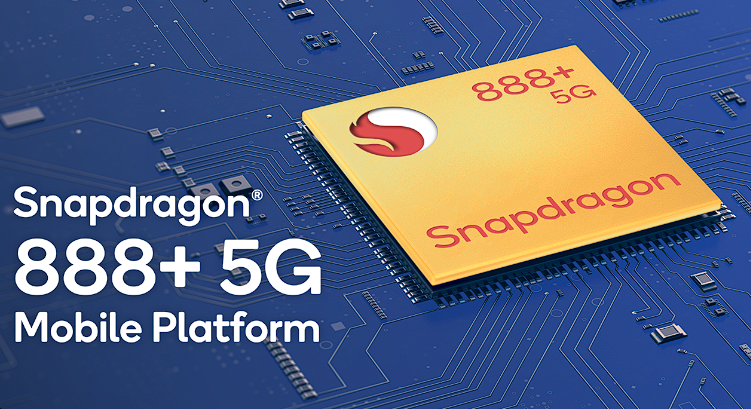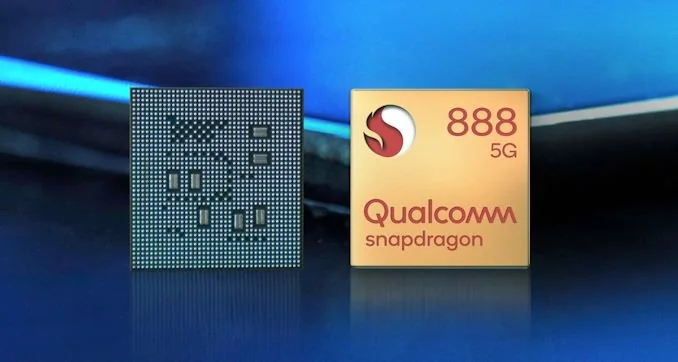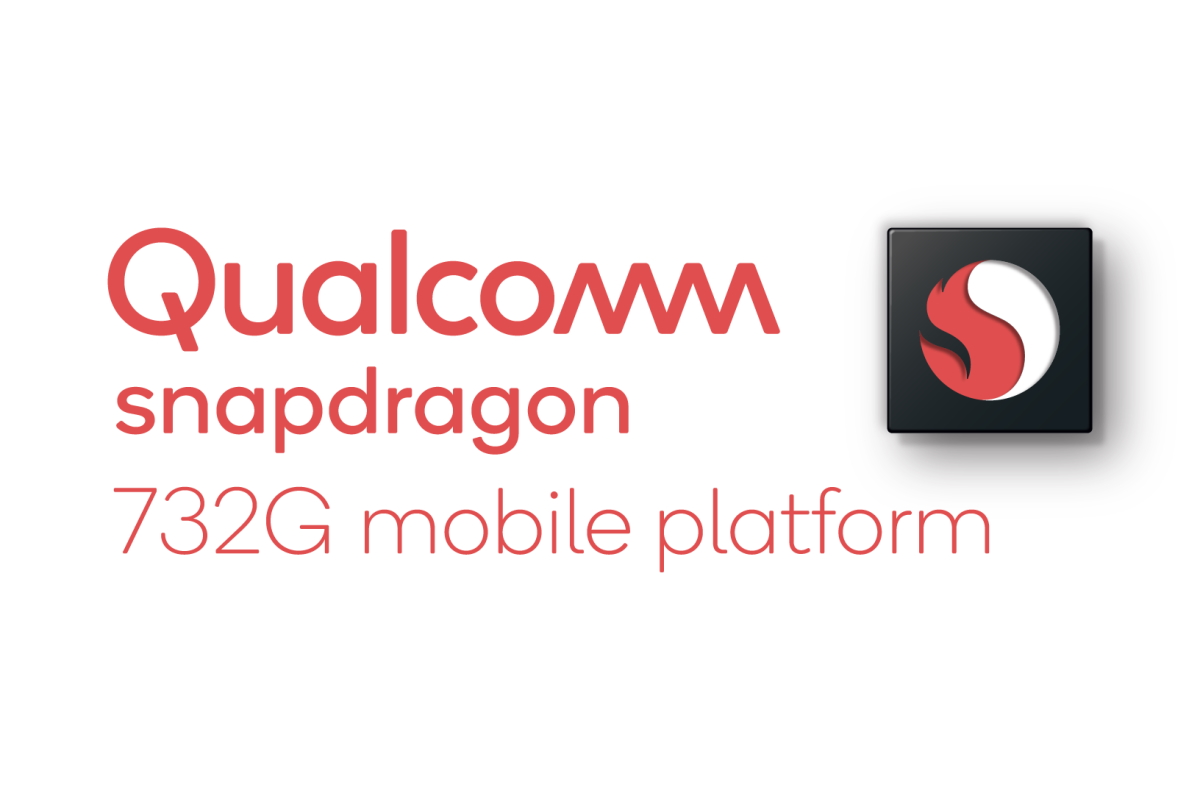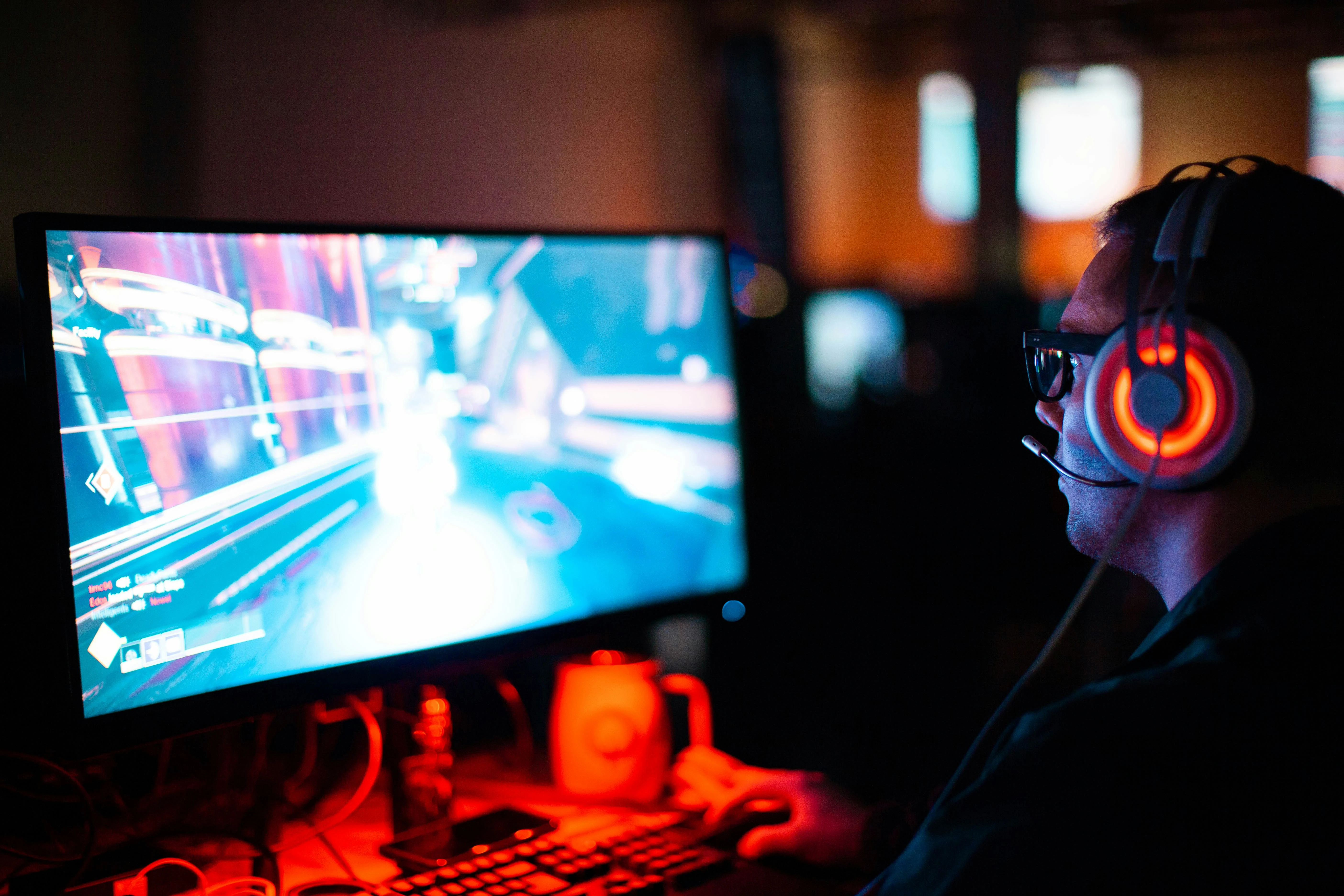- Explore
- Blog
- Snapdragon 720G vs Snapdragon 695: Which Performs Better?
Snapdragon 720G vs Snapdragon 695: Which Performs Better?
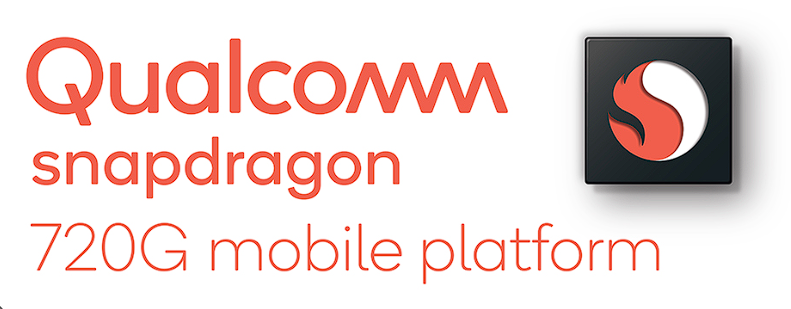
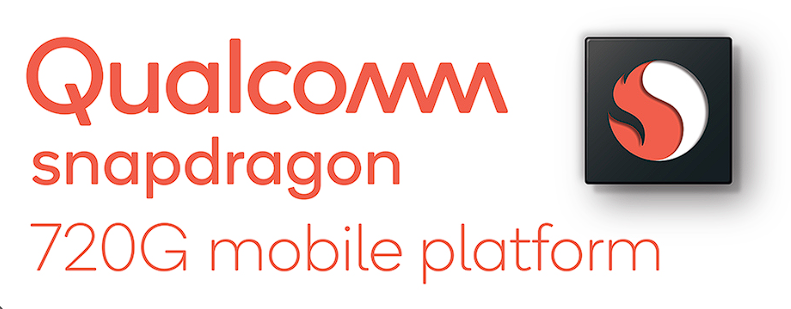
When choosing a mobile device, the processor plays a crucial role in determining its overall performance. The Qualcomm Snapdragon 720G and Snapdragon 695 are two popular options in the mid-range segment. Both processors offer unique features and capabilities, but which one performs better? This comparison aims to help you make an informed decision by examining the key differences between the Qualcomm Snapdragon 720G versus 695. The Snapdragon 720G features an 8-core architecture with Kryo 465 Gold and Silver cores, running at 2.3 GHz and 1.8 GHz ARM, respectively. On the other hand, the Snapdragon 695 boasts Kryo 660 Gold and Silver cores, operating at 2.2 GHz ARM and 1.7 GHz ARM. Understanding these differences can guide you in selecting the right processor for your needs.
General Overview of Qualcomm Snapdragon 720G versus 695
Introduction to Snapdragon 720G
The Qualcomm Snapdragon 720G stands out as a mid-range processor designed to enhance your smartphone experience. It features an 8-core architecture, which includes 2 Kryo 465 Gold cores running at 2.3 GHz and 6 Kryo 465 Silver cores at 1.8 GHz. This combination ensures a balance between high performance and energy efficiency. The Snapdragon 720G uses an 8 nm process technology, which contributes to its power efficiency.
Key Features
CPU Architecture: 2x Kryo 465 Gold (Cortex-A76) @ 2.3 GHz, 6x Kryo 465 Silver (Cortex-A55) @ 1.8 GHz
GPU: Adreno 618, providing smooth graphics performance
AI Capabilities: Hexagon 692 NPU with 5 TOPS
Connectivity: LTE X15 modem, Wi-Fi 6, Bluetooth 5.1
Camera Support: Up to 192 MP for single cameras
Video Capture: 4K at 30 FPS
Target Market
The Snapdragon 720G targets users who seek a balance between performance and battery life in their smartphones. It is ideal for those who enjoy gaming, multimedia consumption, and multitasking without compromising on efficiency. Devices like the Xiaomi Redmi Note 9 Pro and Realme 6 Pro utilize this processor to deliver a seamless user experience.
Introduction to Snapdragon 695
The Qualcomm Snapdragon 695 offers a newer alternative in the mid-range segment, bringing 5G connectivity to the table. It features an 8-core design with 2 Kryo 660 Gold cores running at 2.2 GHz and 6 Kryo 660 Silver cores at 1.7 GHz. This setup provides a robust performance for everyday tasks while maintaining energy efficiency. The Snapdragon 695 is built on a 6 nm process, enhancing its power efficiency compared to its predecessors.
Key Features
CPU Architecture: 2x Kryo 660 Gold (Cortex-A78) @ 2.2 GHz, 6x Kryo 660 Silver (Cortex-A55) @ 1.7 GHz
GPU: Adreno 619, offering improved graphics capabilities
AI Capabilities: Hexagon 692 DSP with 5 TOPS
Connectivity: Snapdragon X51 modem with 5G support, Wi-Fi 5, Bluetooth 5.2
Camera Support: Up to 192 MP for single cameras
Video Capture: 4K at 30 FPS
Target Market
The Snapdragon 695 caters to users looking for a future-proof device with 5G capabilities. It suits those who prioritize connectivity and performance in gaming and multimedia applications. This processor is perfect for mid-range smartphones that aim to deliver a comprehensive experience with modern features.
Performance Analysis
CPU Performance in Qualcomm Snapdragon 720G versus 695
Architecture and Cores
When evaluating the CPU performance of the Snapdragon 720G and Snapdragon 695, you should consider their architecture and cores. The Snapdragon 720G features an 8-core setup with 2 Kryo 465 Gold cores and 6 Kryo 465 Silver cores. These cores are based on the ARM Cortex-A76 and Cortex-A55 architectures, respectively. This combination provides a balance between high performance and energy efficiency.
In contrast, the Snapdragon 695 also boasts an 8-core design but utilizes newer Kryo 660 Gold and Silver cores. These cores are based on the ARM Cortex-A78 and Cortex-A55 architectures. The Snapdragon 695's architecture offers improved efficiency and performance, making it a more advanced option. The newer architecture of the Snapdragon 695 contributes to its superior performance, outperforming the Snapdragon 720G by approximately 32.71%.
Clock Speed
Clock speed plays a crucial role in determining a processor's performance. The Snapdragon 720G operates at a clock speed of up to 2.3 GHz for its performance cores, while the efficiency cores run at 1.8 GHz. This setup ensures that you get a good balance of speed and power efficiency for everyday tasks.
On the other hand, the Snapdragon 695's performance cores run at a slightly lower clock speed of 2.2 GHz, with efficiency cores at 1.7 GHz. Despite the lower clock speed, the Snapdragon 695 benefits from its newer architecture, which enhances its overall performance. This makes the Snapdragon 695 a better choice for those seeking improved efficiency and performance in their devices.
GPU Performance
Graphics Capabilities
Graphics capabilities are essential for users who enjoy gaming and multimedia applications. The Snapdragon 720G is equipped with the Adreno 618 GPU, which provides smooth graphics performance for most mid-range devices. It supports popular graphics APIs like Vulkan 1.1, OpenCL 2.0, and DirectX 12.1, ensuring compatibility with a wide range of applications.
In comparison, the Snapdragon 695 features the Adreno 619 GPU, offering enhanced graphics capabilities. This GPU supports higher frequencies and provides better performance in graphics-intensive tasks. The Snapdragon 695's GPU is designed to handle more demanding applications, making it a suitable choice for users who prioritize graphics performance.
Gaming Experience

For gaming enthusiasts, the gaming experience is a critical factor when choosing a processor. The Snapdragon 720G delivers a decent gaming experience, supporting popular games like PUBG Mobile and Call of Duty Mobile at high settings. It provides smooth frame rates and reliable performance for most mid-range gaming needs.
However, the Snapdragon 695 takes gaming performance to the next level. With its improved GPU and architecture, it supports higher frame rates and better graphics quality. This results in a more immersive gaming experience, making the Snapdragon 695 an attractive option for gamers looking for enhanced performance.
Specifications
Technical Specifications
Manufacturing Process
When it comes to the manufacturing process, Snapdragon 720G and Snapdragon 695 differ significantly. The Snapdragon 720G utilizes an 8 nm process technology. This process strikes a balance between performance and power efficiency, making it suitable for mid-range devices. On the other hand, the Snapdragon 695 employs a more advanced 6 nm process. This smaller transistor size enhances efficiency and performance, allowing for better power management and improved processing capabilities. You will find that the 6 nm process in the Snapdragon 695 contributes to its superior performance and energy efficiency.
Connectivity Options
Connectivity plays a crucial role in your smartphone experience. The Snapdragon 720G offers robust connectivity options, including LTE X15 modem support, Wi-Fi 6, and Bluetooth 5.1. These features ensure fast and reliable connections for everyday use. In contrast, the Snapdragon 695 takes connectivity a step further with its Snapdragon X51 modem, which supports 5G networks. This addition provides faster download speeds and improved network reliability. Additionally, the Snapdragon 695 includes Wi-Fi 5 and Bluetooth 5.2, offering a comprehensive connectivity suite for modern devices.
Power Efficiency
Battery Life
Battery life is a critical factor when choosing a processor. The Snapdragon 720G is known for its power efficiency, thanks to its 8 nm process and balanced core architecture. This combination allows for extended battery life, making it ideal for users who prioritize longevity. Meanwhile, the Snapdragon 695 benefits from its 6 nm process, which further enhances power efficiency. This improvement translates to longer battery life, even with demanding tasks. You can expect the Snapdragon 695 to deliver excellent battery performance, ensuring your device lasts throughout the day.
Thermal Management
Thermal management is essential for maintaining optimal performance. The Snapdragon 720G manages heat effectively, thanks to its efficient architecture and process technology. This ensures that your device remains cool during intensive tasks, preventing performance throttling. The Snapdragon 695 also excels in thermal management, benefiting from its advanced 6 nm process. This process allows for better heat dissipation, ensuring consistent performance even under heavy loads. With the Snapdragon 695, you can enjoy a smooth and reliable experience without worrying about overheating issues.
Benchmarks
Synthetic Benchmarks
AnTuTu Scores
When you evaluate processors, synthetic benchmarks like AnTuTu provide a comprehensive view of their capabilities. The Snapdragon 720G scores approximately 389,626 on AnTuTu, reflecting its balanced performance across CPU, GPU, memory, and user experience. This score highlights its ability to handle everyday tasks efficiently.
In contrast, the Snapdragon 695 achieves a higher score of around 411,374 on AnTuTu. This improvement indicates enhanced performance, particularly in graphics and multitasking. The Snapdragon 695's superior architecture and 6 nm process contribute to its higher benchmark score, making it a more powerful option for demanding applications.
Geekbench Scores
Geekbench provides another perspective on processor performance by focusing on single-core and multi-core capabilities. The Snapdragon 720G achieves a single-core score of 750 and a multi-core score of 1,774 in Geekbench 6. These scores demonstrate its ability to manage both single-threaded and multi-threaded tasks effectively.
On the other hand, the Snapdragon 695 excels with a single-core score of 905 and a multi-core score of 2,073. This significant improvement in Geekbench scores underscores the Snapdragon 695's enhanced processing power, making it a better choice for users who require robust performance for complex tasks.
Real-world Performance
App Launch Times
In real-world scenarios, app launch times are crucial for a seamless user experience. The Snapdragon 720G offers quick app launches, ensuring that you can access your favorite applications without delay. Its efficient architecture and optimized performance contribute to this swift response.
However, the Snapdragon 695 takes app launch speed to the next level. With its advanced architecture and faster processing capabilities, it reduces app load times even further. This improvement means you can enjoy a more responsive device, enhancing your overall user experience.
Multitasking Capabilities
Multitasking is essential for users who juggle multiple applications simultaneously. The Snapdragon 720G handles multitasking well, allowing you to switch between apps smoothly. Its balanced core setup ensures that you can manage various tasks without experiencing significant slowdowns.
The Snapdragon 695, however, offers superior multitasking capabilities. Its newer architecture and higher benchmark scores translate to better performance when running multiple applications. You will notice a more fluid experience, with fewer lags and faster transitions between tasks. This makes the Snapdragon 695 an excellent choice for users who demand efficient multitasking from their devices.
User Reviews and Comments
Snapdragon 720G User Feedback
Positive Aspects
Users appreciate the Snapdragon 720G for its balanced performance and efficiency. Many highlight its ability to handle everyday tasks smoothly, making it a reliable choice for mid-range smartphones. The Adreno 618 GPU receives praise for delivering decent graphics performance, especially in popular games like PUBG Mobile and Call of Duty Mobile. Users also commend the processor's power efficiency, which contributes to longer battery life. This aspect is particularly valued by those who use their devices extensively throughout the day.
User Testimonial: "The Snapdragon 720G offers a great balance between performance and battery life. I can game and multitask without worrying about my phone dying quickly."
Areas for Improvement
While the Snapdragon 720G performs well, some users note areas for improvement. The lack of 5G support is a common concern, as more users seek future-proof devices with faster connectivity options. Additionally, while the gaming performance is satisfactory, some users desire higher frame rates and better graphics quality for more demanding games. These aspects suggest that while the Snapdragon 720G is a solid performer, it may not fully meet the needs of users seeking cutting-edge features.
User Feedback: "I love the performance, but I wish it had 5G support. It would make my device more future-proof."
Snapdragon 695 User Feedback
Positive Aspects
The Snapdragon 695 garners positive feedback for its impressive performance and modern features. Users appreciate the inclusion of 5G connectivity, which enhances their browsing and streaming experiences. The Adreno 619 GPU is praised for its improved graphics capabilities, providing a smoother gaming experience with higher frame rates. The processor's power efficiency, thanks to its 6 nm process, also receives commendation, as it ensures longer battery life even with intensive use.
User Testimonial: "The Snapdragon 695 is a game-changer with its 5G support and excellent gaming performance. My phone lasts all day, even with heavy usage."
Areas for Improvement
Despite its strengths, the Snapdragon 695 has areas where users see room for enhancement. Some users express a desire for Wi-Fi 6 support, which would further improve connectivity options. Additionally, while the processor performs well in most scenarios, a few users mention occasional lags during heavy multitasking. These insights indicate that while the Snapdragon 695 is a robust choice, there are opportunities for further refinement to meet the evolving demands of tech-savvy users.
User Feedback: "I love the 5G and gaming performance, but Wi-Fi 6 support would make it even better. Sometimes, multitasking can be a bit sluggish."
In comparing the Snapdragon 720G and Snapdragon 695, you find distinct strengths in each processor. The Snapdragon 720G offers a balance between performance and power efficiency, making it ideal for users who prioritize a smooth and responsive mobile experience. On the other hand, the Snapdragon 695 outperforms the 720G by approximately 32.71% in terms of performance, thanks to its advanced architecture and 5G support.







